Our Antarctic field season came to an end a week ago on Friday October 3rd. Unlike the long delay flying down to Antarctica our flight north, to New Zealand, left on time on the day we were originally scheduled to leave. The end of any Antarctic trip is always bittersweet for me. Mostly I am excited to be heading home to my family but there is always a sadness thinking that this may be the last time I’ll ever be in Antarctica. I have spent more than a year of my life in McMurdo and that time has shaped me and my career in a meaningful way. The thought that I may never go back is difficult to accept.
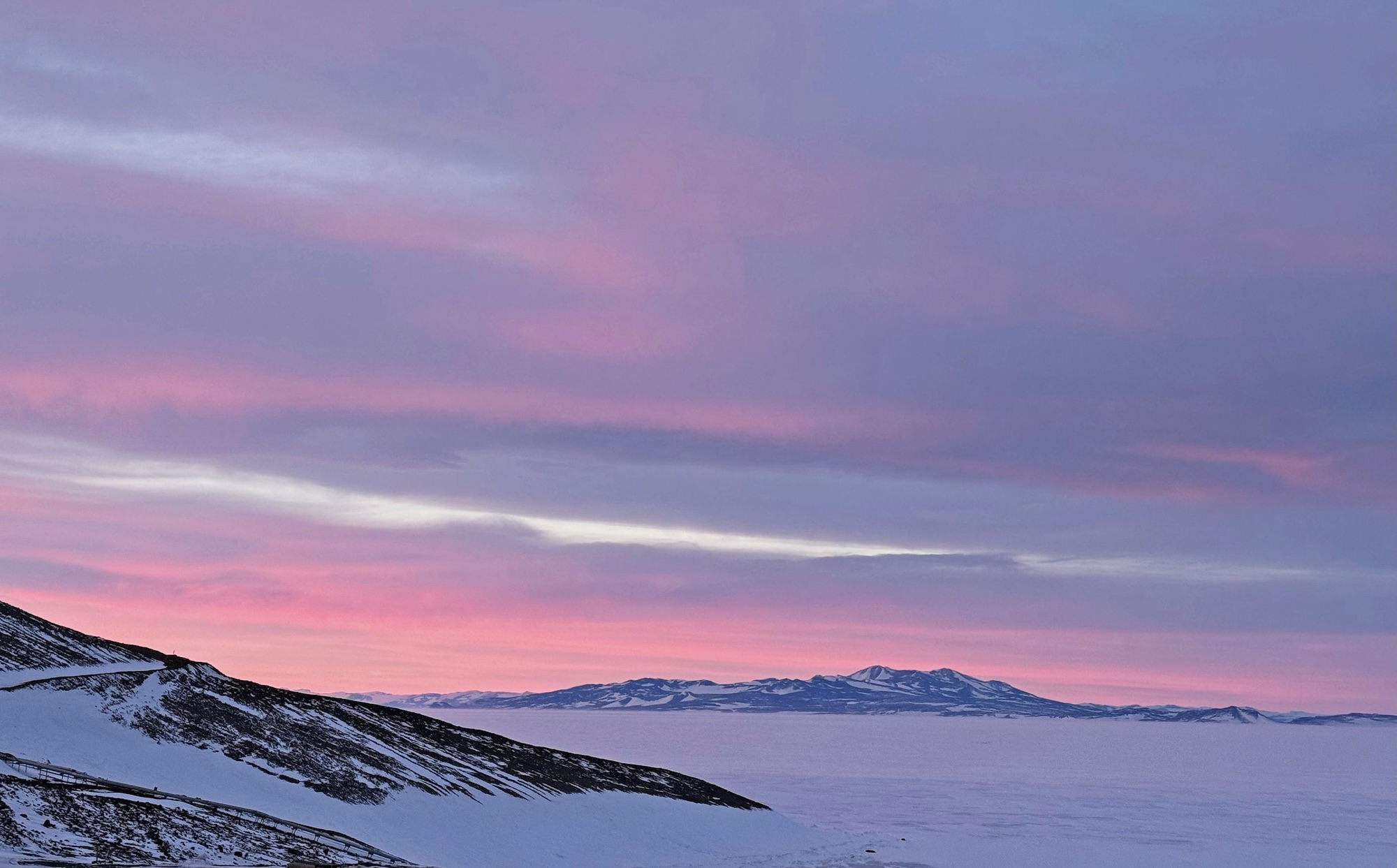
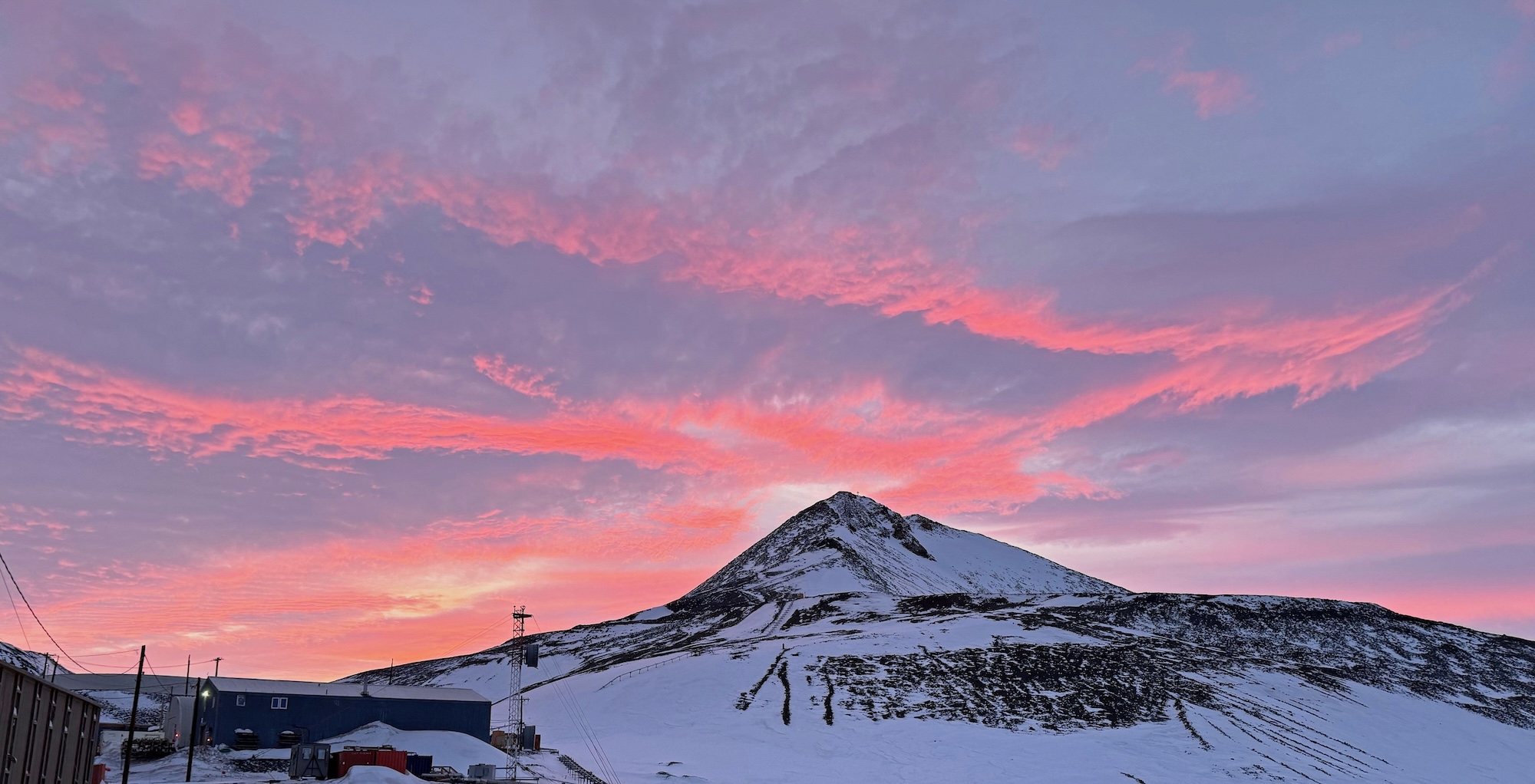
A typical departure day in McMurdo starts with bag drag. This is when you bring all your luggage to the movement control center building (MCC). This is the equivalent of checking your luggage for a commercial flight, although it happens many hours before your flight will depart. Kara and I had bag drag at 8:30 Friday morning, right after breakfast, and almost 8 hours before our flight was scheduled to leave.
I spent the rest of the morning in the Crary library relaxing and enjoying the view from my favorite spot in McMurdo. I said my goodbyes to the staff in Crary that provided the logistic support Kara and I needed during our Antarctic deployment. At lunch Kara and I got the chance to say goodbye to the friends we had made during our 4 weeks in McMurdo. Most of them arrived in McMurdo the same time as us, at the start of Winfly, but will be staying all summer to support the other science groups that will be arriving in the next few weeks.

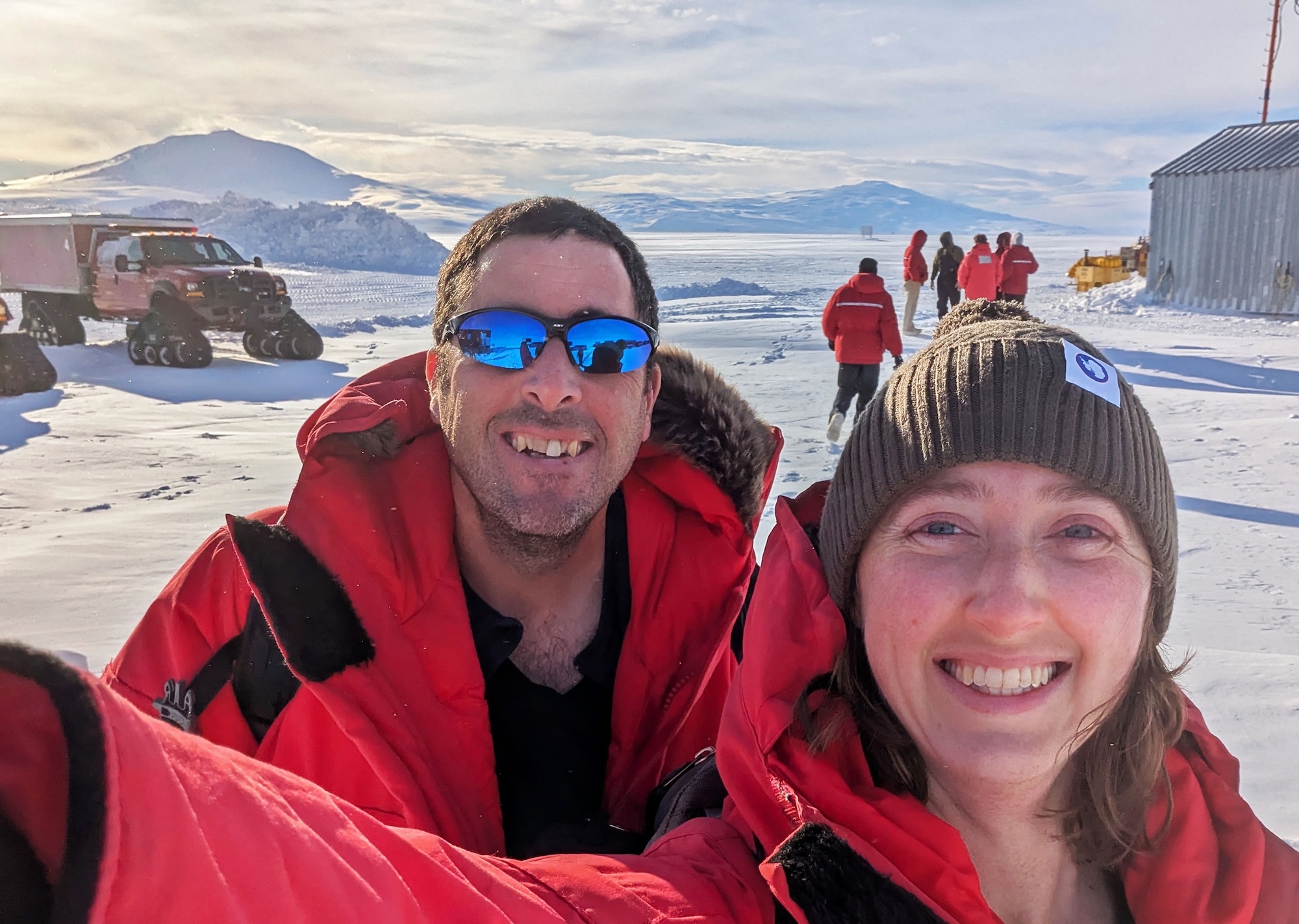


Our flight left Antarctica around 4:30PM. Stepping off the C-17, whether flying to or from Antarctica, is always a bit disorienting since you step out of a dark, mostly windowless plane, where you’ve been sitting for the last 5 hours, into an environment that is completely different from the one where you boarded the aircraft. For us, we were greeted by a dark, cloudy and drizzly sky with a temperature near 50 deg F as we stepped off the plane in Christchurch. The cool temperature and light rain didn’t seem to bother anyone getting off the plane since this was the warmest outdoor temperature any of us had seen since we left New Zealand anywhere from one month to almost a year ago.
Before starting the long travel day back to Colorado I had a full day in Christchurch. I woke to the sounds of rain pattering on the roof and birds chirping outside my window. Had I forgotten this would have reminded me that I was not in Antarctica anymore.
Something I always look forward to when returning from Antarctica is the delicious food in New Zealand. I started my Christchurch day with a couple of muffins from Muffin Break – a café chain located all around New Zealand and my favorite place for breakfast. After a relaxing morning I went for a 30 mile bike ride, out to the coast, in the afternoon. Being an avid cyclist that rides every day when I am home getting out for my first outdoor bike ride in four weeks was pure joy.

After a delicious Argentinian steak dinner I spent the evening walking through the Christchurch botanic gardens. The trees that had been mostly bare when I left for Antarctica a month ago now had new spring green leaves and lots of flowers were blooming. The rich smell of wet earth and plants and the perfume of blooming flowers was a treat after the largely scentless atmosphere in Antarctica. As I walked through the gardens the air was filled with a chorus of bird song. It was so pleasant strolling through this lush, living environment after the barren snow, ice and rock of McMurdo. It was a near perfect way to end my one day in Christchurch.
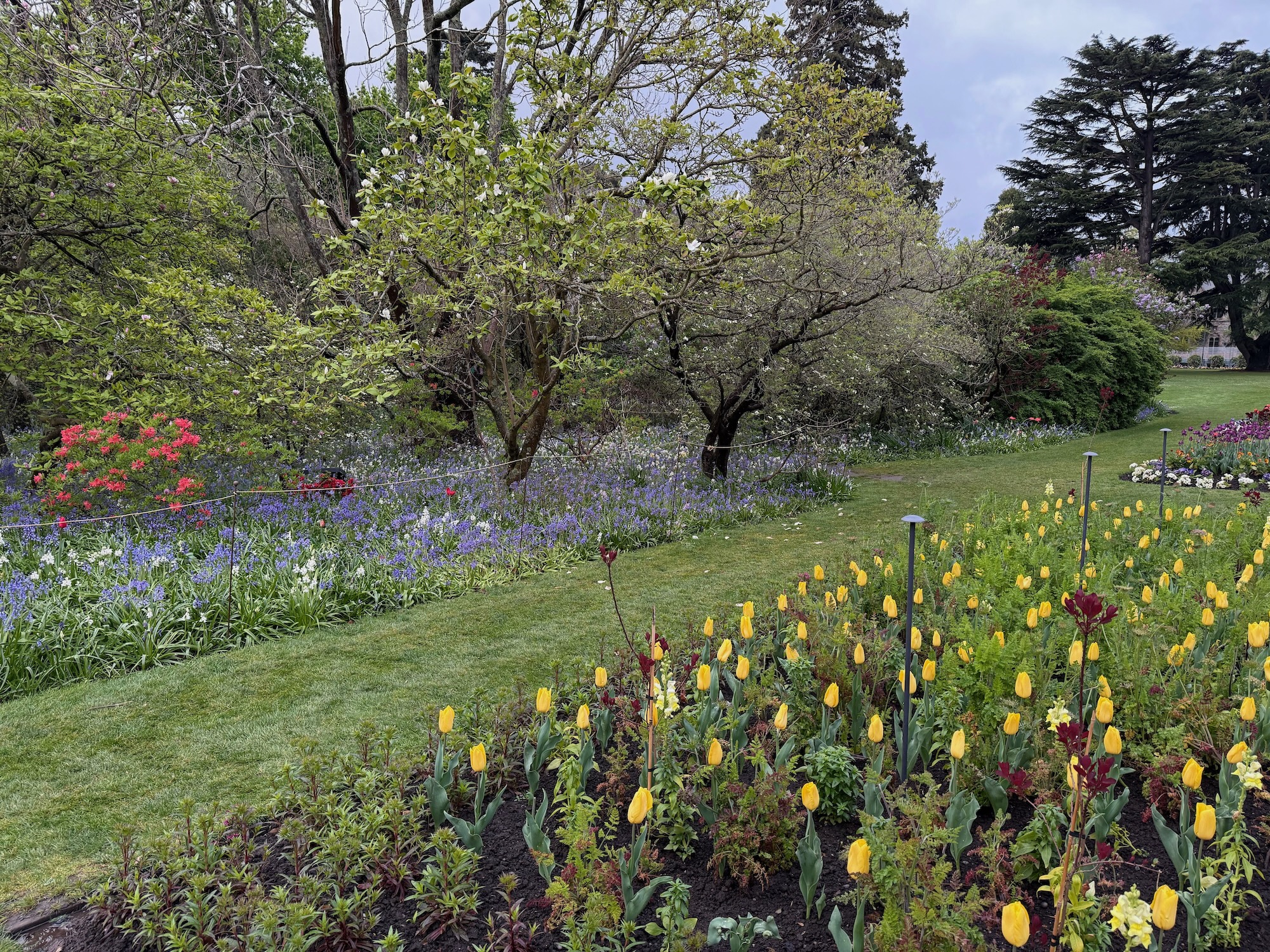
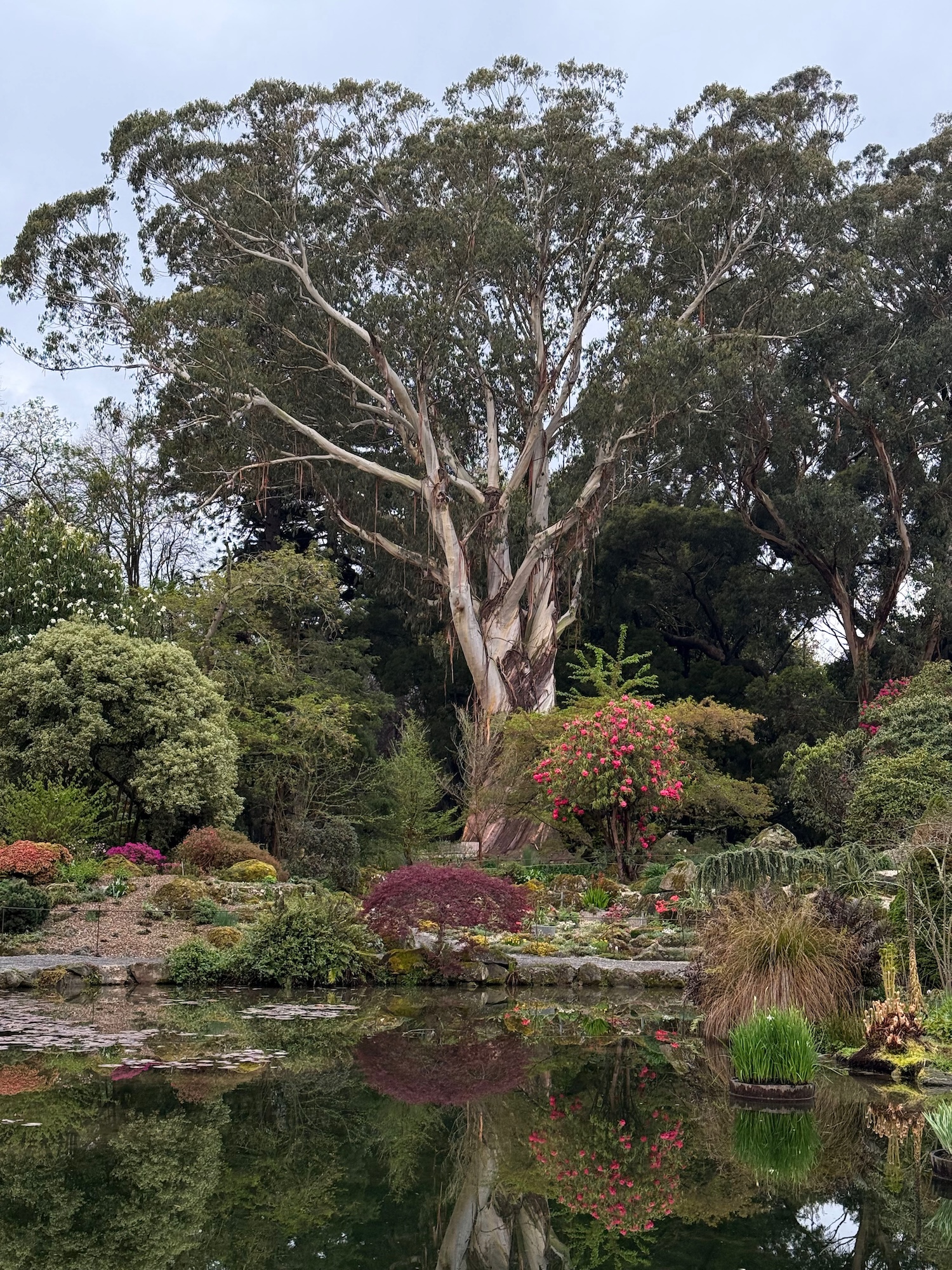


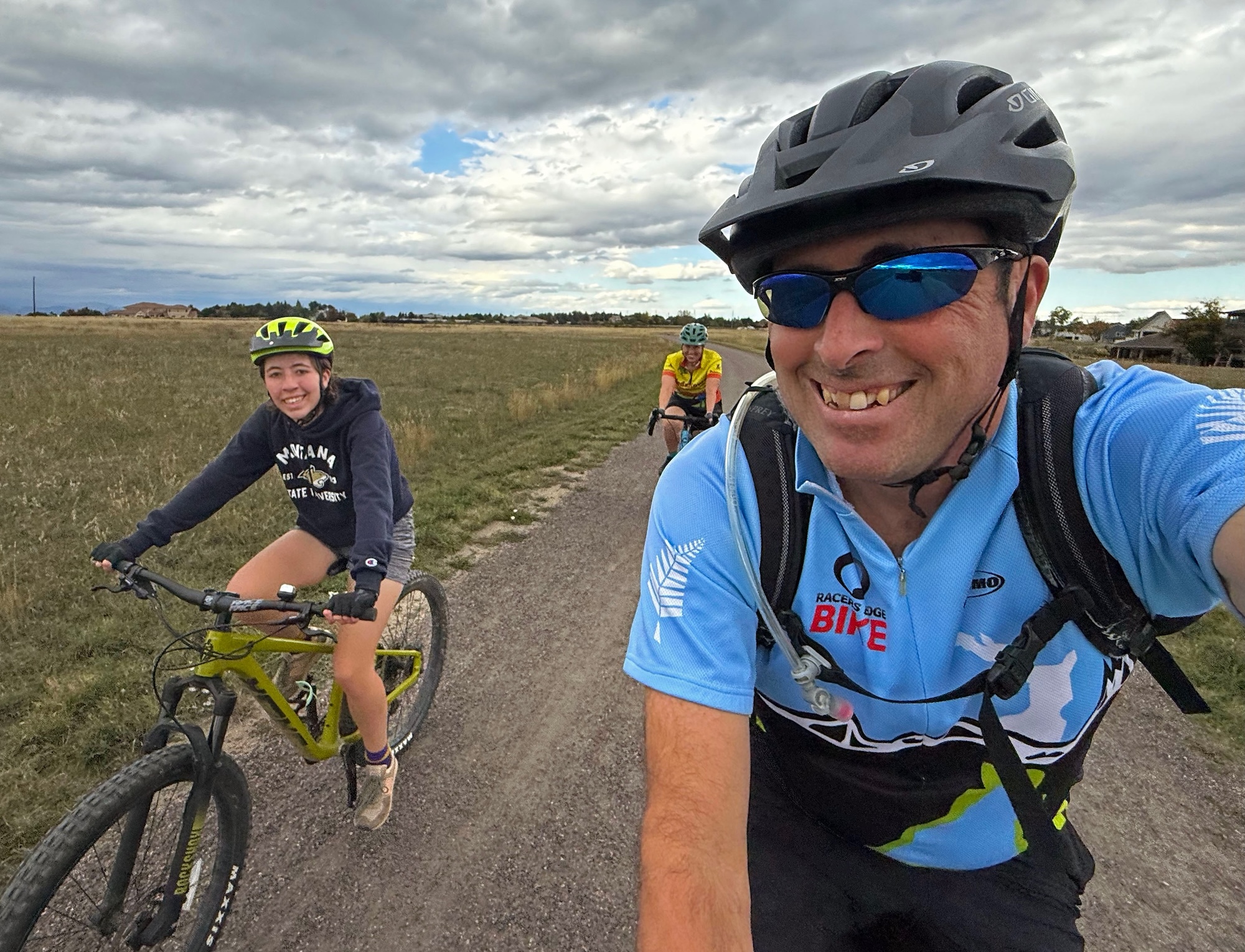
Despite the logistics problems we encountered on this trip Kara and I managed to collect some interesting data and I enjoyed experiencing another Antarctic Winfly season.
I’ll end this series of blog posts with gratitude. First, thanks to everyone that read the blog and followed along on our Antarctic trip. It is wonderful knowing that you were interested in hearing about our time in Antarctica. Thanks to the National Science Foundation (NSF) for funding our research and to everyone in the US Antarctic Program, especially the folks in McMurdo, that helped support the work we did. I really appreciated the friendship, kindness and fun conversations of the new friends I made while in McMurdo. I owe a very big thank you to Kara for being a fantastic fieldwork partner and someone that was fun to spend so much time with. Her excitement at being in Antarctica for the first time was infectious. We always had something interesting to talk about and good music to listen to on our daily temperature transect drives. Finally, my biggest thanks go to my wife Liz and daughter Sabrina for putting up with my extended absences to do polar fieldwork. I miss you two terribly when I am away and knowing that I’ll be coming home to you at the end of a field campaign helps keep me going. I am so happy to be home with you again.
Until my next polar field campaign…


Welcome Back!
And thanks for blogging your trip – great photos and stories. Welcome home!
Once again I enjoyed your blog and all the beautiful pictures.
As sad as it must have been to have to leave it’s great that you were out riding bikes with Liz and Sabrina and back home.
I hope you get the opportunity to return to Antarctica many times, continuing your important mentoring of the next generation of scientists. Showing them how to collect useful data even when key equipment failed to materialize — and how to adapt to other less-than-ideal situations — is one of the valuable skills you pass on.
Just now reading your last post, John–late as usual. Thank you so much for sharing your experiences, along with your fabulous photos (as usual!)